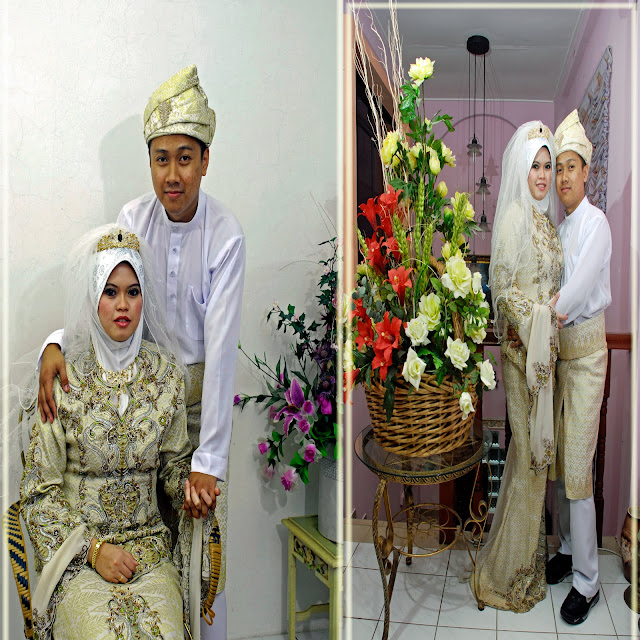Hi Welcome to the Teeqahphotostudio. blogspot.com. I'm a Bruneian Destination Wedding & Portrait photographer. This is where I'll share my latest photography and personal adventures. Thanks for dropping by! For bookings please call, email me or fb me for information on my availability. I look forward to preserving your precious memories as images you can look back on in years to come. Thank you & have a great day ahead!
Sabtu, 24 Disember 2011
Booking 8 January 2012
ko free on 8th jan ani?sal ada org kan book photo session..org kawin d kg lamunin..
Acara Nikah 16December, Majlis Bersanding 26 December 2011
9 December 2011 at 8:01:04 Booking - Photo service
Client -Amira 7170170
Deposite = $100:00
Nikah & Bersanding 16 Discember 2011/26 Disember 2011
~1 album -}
~1 Photobook-}
Client -Amira 7170170
Deposite = $100:00
Nikah & Bersanding 16 Discember 2011/26 Disember 2011
~1 album -}
~1 Photobook-}
Isnin, 1 Ogos 2011
Isnin, 25 Julai 2011
Khamis, 21 Julai 2011
Sabtu, 9 Julai 2011
Leica 1925
Oskar Barnack, who was in charge of research and development at Leitz, decided to investigate using 35 mm cine film for still cameras while attempting to build a compact camera capable of making high-quality enlargements. He built his prototype 35 mm camera (Ur-Leica) around 1913, though further development was delayed for several years by World War I. Leitz test-marketed the design between 1923 and 1924, receiving enough positive feedback that the camera was put into production as the Leica I (for Leitz camera) in 1925. The Leica's immediate popularity spawned a number of competitors, most notably the Contax (introduced in 1932), and cemented the position of 35 mm as the format of choice for high-end compact cameras.
Kodak got into the market with the Retina I in 1938, which introduced the 135 cartridge used in all modern 35 mm cameras. Although the Retina was comparatively inexpensive, 35 mm cameras were still out of reach for most people and rollfilm remained the format of choice for mass-market cameras. This changed in 1936 with the introduction of the inexpensive Argus A and to an even greater extent in 1939 with the arrival of the immensely popular Argus C3. Although the cheapest cameras still used rollfilm, 35 mm film had come to dominate the market by the time the C3 was discontinued in 1966.
The fledgling Japanese camera industry began to take off in 1936 with the Canon 35 mm rangefinder, an improved version of the 1933 Kwanon prototype. Japanese cameras would begin to become popular in the West after Korean War veterans and soldiers stationed in Japan brought them back to the United States and elsewhere.
Kodak got into the market with the Retina I in 1938, which introduced the 135 cartridge used in all modern 35 mm cameras. Although the Retina was comparatively inexpensive, 35 mm cameras were still out of reach for most people and rollfilm remained the format of choice for mass-market cameras. This changed in 1936 with the introduction of the inexpensive Argus A and to an even greater extent in 1939 with the arrival of the immensely popular Argus C3. Although the cheapest cameras still used rollfilm, 35 mm film had come to dominate the market by the time the C3 was discontinued in 1966.
The fledgling Japanese camera industry began to take off in 1936 with the Canon 35 mm rangefinder, an improved version of the 1933 Kwanon prototype. Japanese cameras would begin to become popular in the West after Korean War veterans and soldiers stationed in Japan brought them back to the United States and elsewhere.
Langgan:
Ulasan (Atom)








































